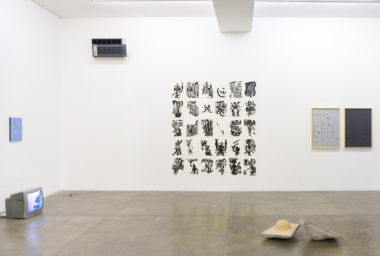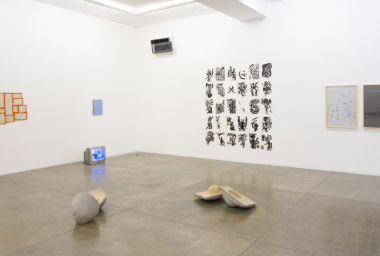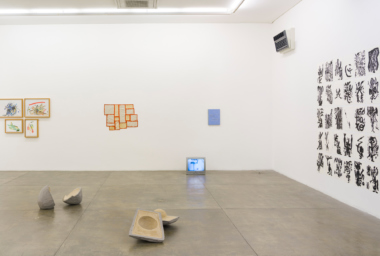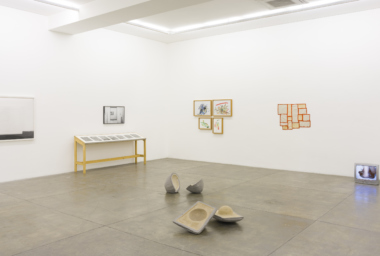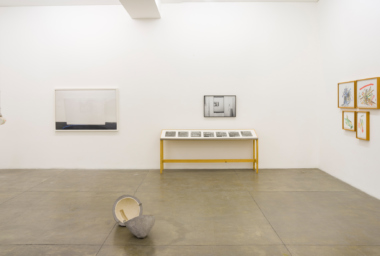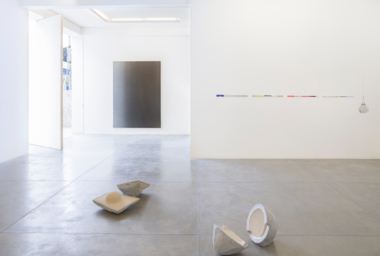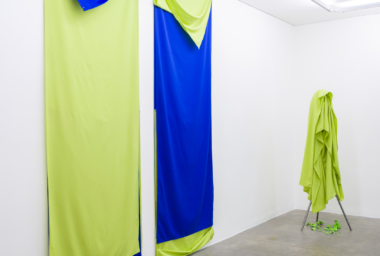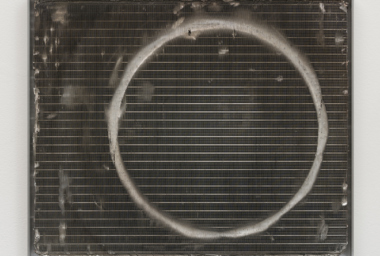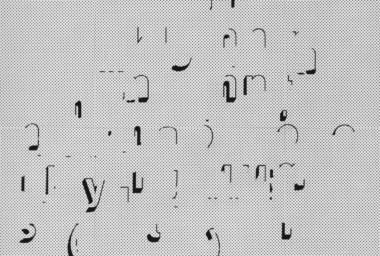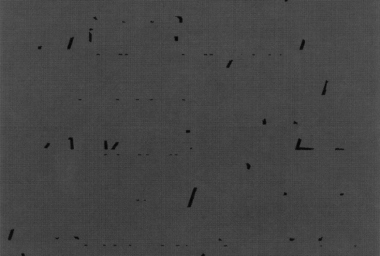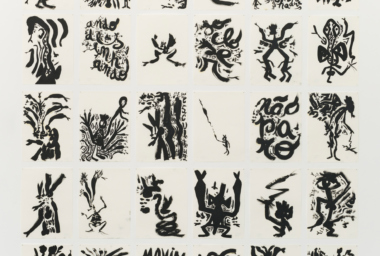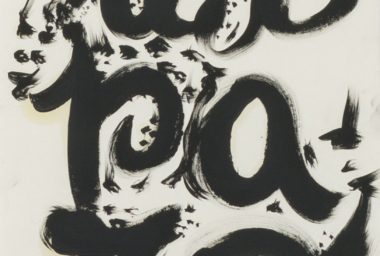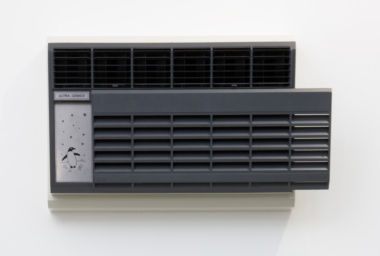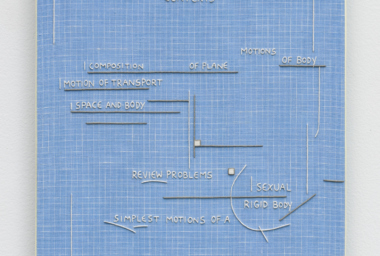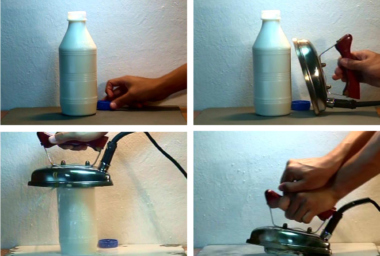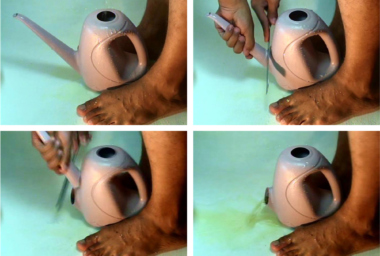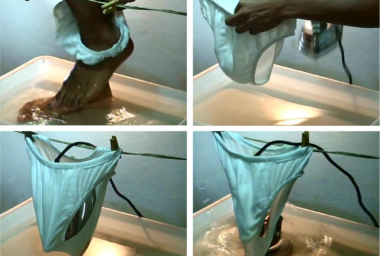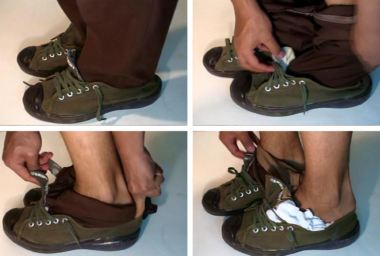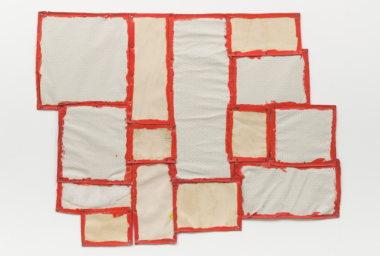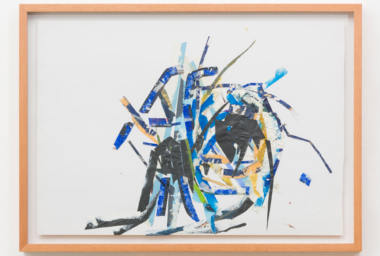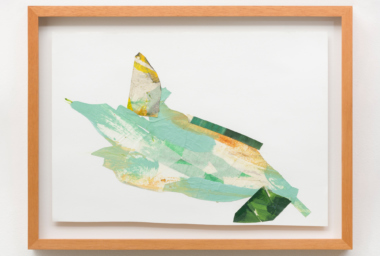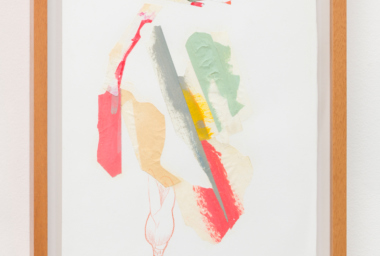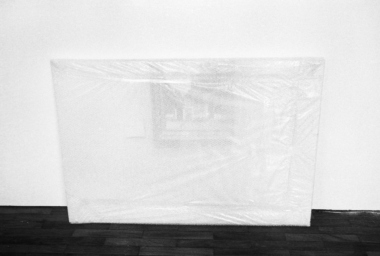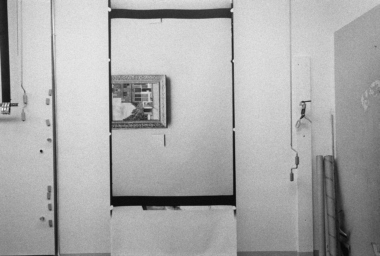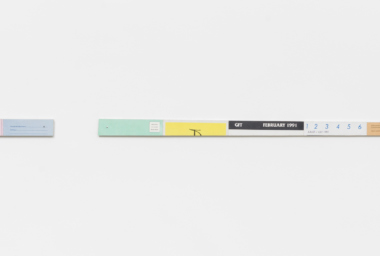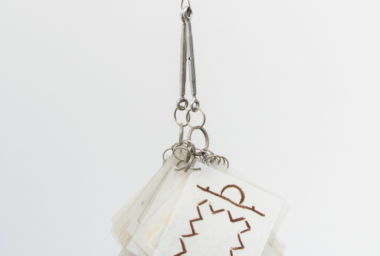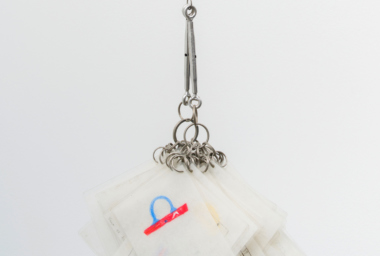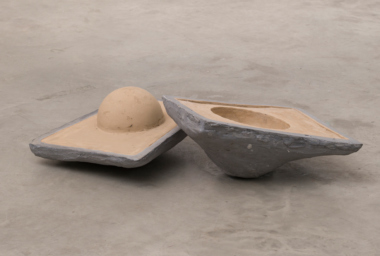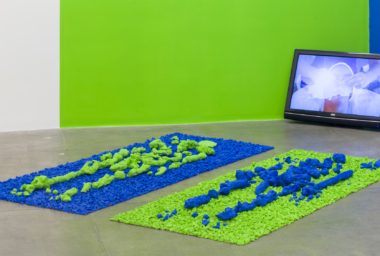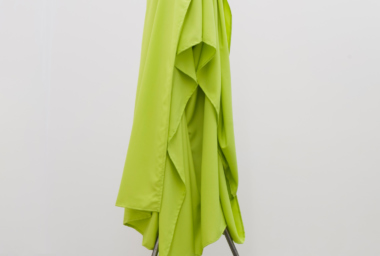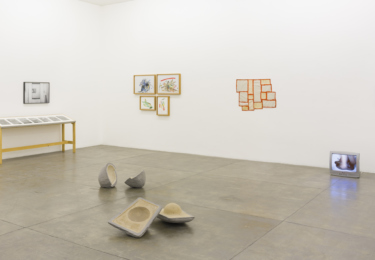
Artist's Proof
Dec 16, 2017 – Feb 24, 2018
Galeria
Rua Fradique Coutinho, 1500 - Vila Madalena, São Paulo
Directions
Cabelo | Rodrigo Cass | Leda Catunda | Pedro França | Lucia Laguna | Jac Leirner | Cristiano Lenhardt | Rodrigo Matheus | Odires Mlászho | Sara Ramo | Mauro Restiffe | Luiz Zerbini
Prova de Artista [Artist’s Proof] is a borrowed term from printmaking (artist’s proofs are the copies that the author reserves for himself/herself, apart from the final edition of a work) referenced here as an investigation of the intimate relation that the artist has with his/her own work. Conceived and organized by the Fortes D’Aloia & Gabriel staff, this group show reflects the desire to unveil issues inherent to artistic process that are often confined to the production backstage.
By focusing on the decisions that lead the artist to recognize the work as being in its final state or to understand it as an experiment of his/her experience in the studio, the exhibition promotes the rediscovery of works such as Retalhos de Plástico [Plastic Rags] (1996) by Leda Catunda. Considered by the artist as a study, the work remained unseen and “forgotten” until then, and can now enter new semantic territories. Rodrigo Cass shows four videos from 2006 to 2007 in a sequence. These were his first contact with this medium, whose homemade mise-en-scène reveals an intimate and affective bond. Contents (2017), a concrete painting on linen, also develops this notion by reinterpreting the subjects from his notebook through some key concepts that guide his research.
As a group, the thirty drawings by Cabelo Sem Título [Untitled] (2017), denote an intense production rhythm, excerpted from a series of 140 oil studies done in only three days. Before becoming large scale panels, canvasses, and murals, his hybrid beings coexist with procedural notes, where the artist himself signals the intensity of his praxis by stating in one of the drawings: “não paro” [“I don’t stop”]. The word is also explored in Cartas para Poemas Automáticos [Letters for Automatic Poems] (2012) by Odires Mlászho, in which fragments of typographic clichés merge with the meshed background to give rise to abstract compositions.
Retrato [Portrait] (2008) by Luiz Zerbini represents a turning point in his career and exemplifies his diversified pictorial investigation. Originally exhibited as part of an installation at the Centro Universitário Maria Antonia (São Paulo, 2008), the work is a large black painting that goes to the limits of the problem of representation in painting: its reflective surface is filled by shadows of its surroundings.
Jac Leirner shows two works that demonstrate a continuous commitment to explore materials to the limit. Osso 008 (40 Desenhos) [Bone 008 (40 Drawings)] (2008) was conceived from the studies for her series with plastic bags, while Timeline (2008-2014) is made with paper chips from another work, chosen and grouped according to date inscriptions. Similarly, Lucia Laguna‘s Desenhos [Drawings] (2016) take shape from the material leftovers of her praxis: they are collages with the tapes used on her canvases that translate autonomously the abstraction developed in the paintings. Sara Ramo, in turn, creates sculptures with dental stone in Matriz and Perversão da Forma [Matrix and the Perversion of Form] (2015) using the paper masks from her video Os Ajudantes [The Helpers] (2015).
Cristiano Lenhardt‘s Radiador Bruto 5 [Raw Radiator 5] (2017) is part of a series begun in 2014. Taken from the world in their raw state, the work reveals a curious spontaneous abstraction whose geometry flirts with the random aspect of the artist’s other works. In a similar case, Rodrigo Matheus installs the carcass of an old air conditioner in the upper corner of one of the walls of the gallery. Potentialized by the permissive ambiguity of the test, this foreign body adheres to the space and establishes itself between doubt and the possibility of real belonging.
The Vermeer (1997-2002) series by Mauro Restiffe extends the boundaries of metalanguage by exploring the possibilities of the presence of the same photograph in different contexts. If Vermeer (1997) presented a sliced painting by Johannes Vermeer in the museum, Wrapped Vermeer (1999) is the photo of the 1997 picture wrapped in bubble wrap, while in Hanging Vermeer (2002) it reappears hanging in the photographic lab. This last one, first edited especially for this exhibition, is presented with a sequence of photographic contact sheets that explain different moments of the series and the artist’s decision process.
With Environ (2017), Pedro França occupies the second floor of the gallery creating a dystopic environment with shades of green and blue chroma key. The pieces are ambivalent and can be read both as autonomous sculptures and as scene objects whose presence converges in the video work that completes the installation. Using the chroma key surfaces to insert visual effects, the artist will continue to edit the video throughout the show, offering a changing work that unceasingly puts itself to the test.
